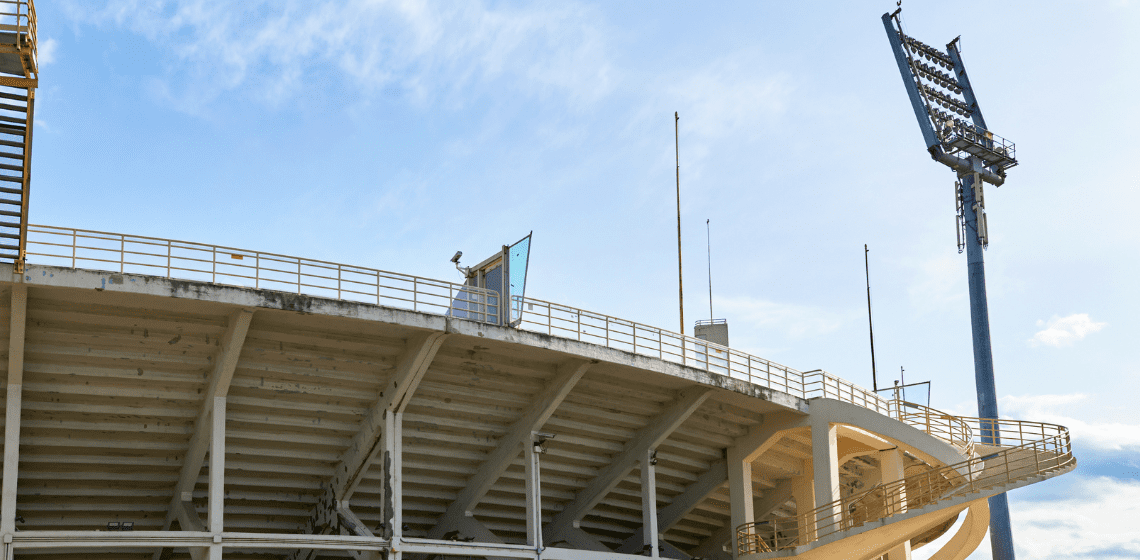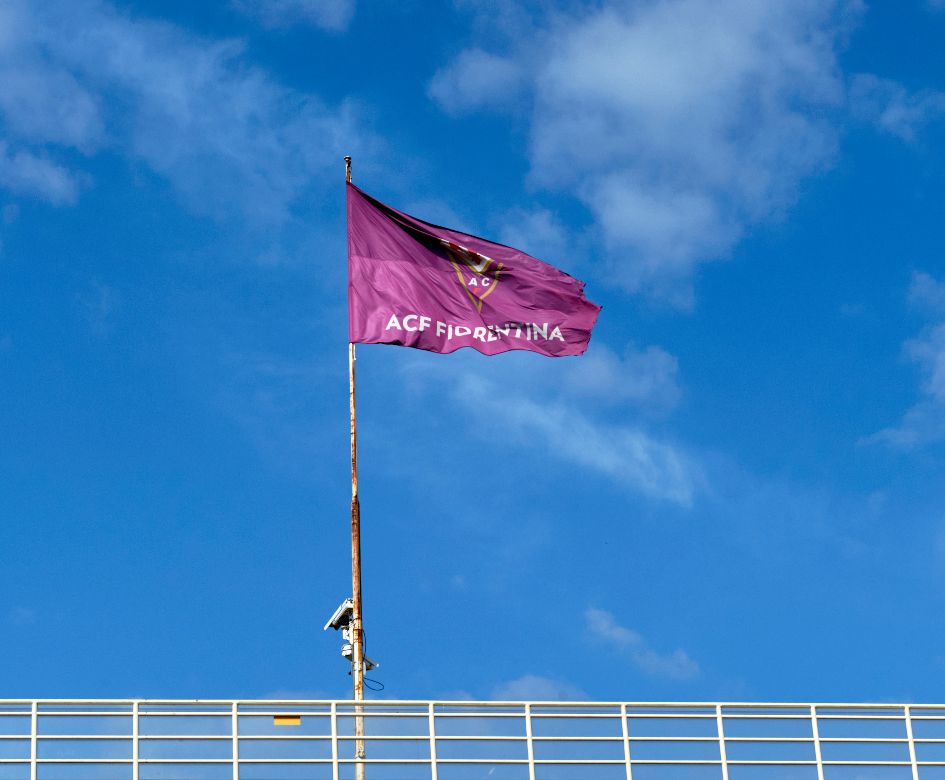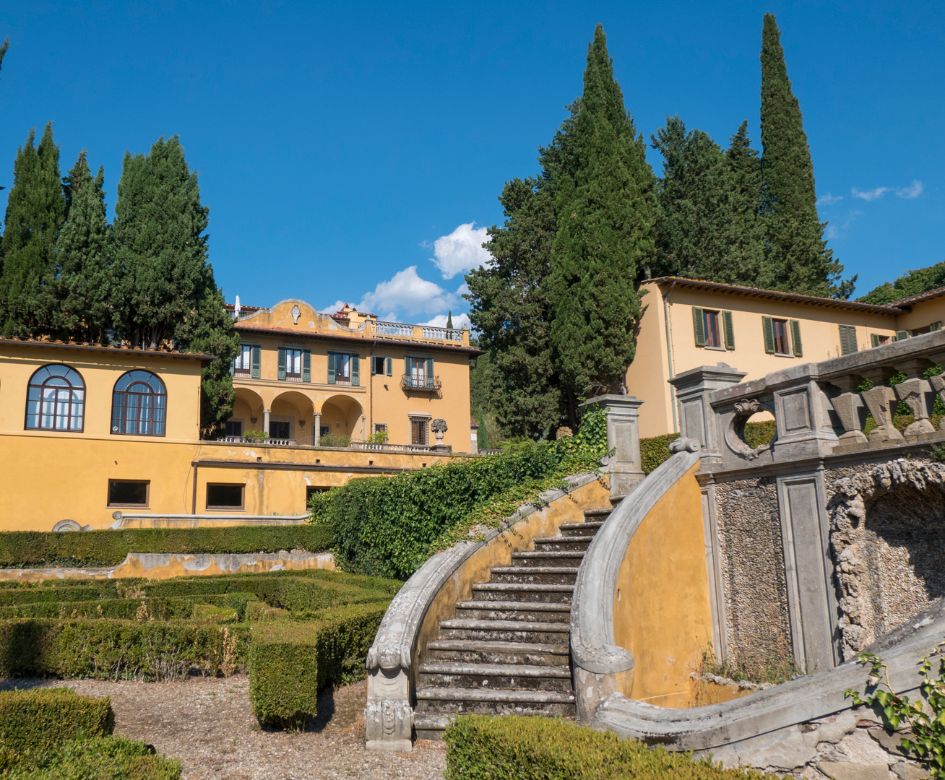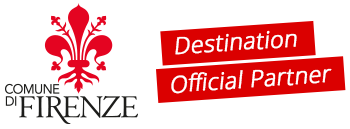
Beyond UNESCO: history, culture and nature around the Artemio Franchi Stadium
From Le Cure to Campo di Marte and Coverciano, Florence’s second district is a fully Florentine expanse of history and community.
Are you a football fan? This is the side of Florence for you! The heart of District 2 is Campo di Marte, once a field for military exercises and parades where you’ll now find many sports facilities, including the Artemio Franchi Stadium, home to the Fiorentina soccer team. However, the appeal of this area is not limited to football! Its streets and hills are packed with culture and places to discover if you’re seeking to truly delve deeply into the soul of this city.
Things to see in Campo di Marte
Artemio Franchi Stadium, San Salvi, Coverciano
Like any big city, Florence has its stadium. A short distance from Campo di Marte station (where high-speed trains also stop), you’ll find the Artemio Franchi Stadium. This soccer lover’s preferred destination features the historic Curva Fiesole, from which the most zealous Fiorentina fans sing chants at the top of their lungs and create wonderful scenes. At the same time, the stadium hosts large-scale concerts.
The Artemio Franchi Stadium is an almost sacred space for the city, with a strong sense of community. The purple stretches as far as the eye can see as passionate fans unite. Other notable venues are metres from the Franchi Stadium: the Nelson Mandela Forum (the main sports hall in Florence), the Luigi Ridolfi Stadium (the main athletics facility), and the Costoli municipal swimming pool. On regular days, Campo di Marte is a tranquil and peaceful neighbourhood, away from the tourist maelstrom. A visit to the San Salvi former psychiatric hospital is well worth your time. A boundary wall encloses the vast park (second only to the Cascine) and the premises of the former hospital. It has been recently redeveloped and is home to the Faculty of Psychology and an elementary school, as well as home to the Museum of Andrea del Sarto’s Last Supper. Continuing south from Campo di Marte, you'll find yourself in Coverciano, famous for being the headquarters of the Italian Football Federation (FIGC) and the training camp of the Italian national soccer team, where it’s possible to visit the dedicated museum. It’s also host to the large Mensola Park with its protected natural area, where you can enjoy an itinerary for walkers and runners who love to combine sports and culture.

Le Cure, Via Faentina, European University Institute
Acting as a link between Via Bolognese and Campo di Marte is the Le Cure district, named after the curandaie, the washerwomen who took care of the linen by washing it in the Mugnone river. Le Cure is a neighbourhood surrounded by greenery, especially that of Area Pettini, which can only be accessed by crossing centuries-old stone bridges or the overpass that leads to the large Piazza delle Cure.
The neighbourhood is crossed by the panoramic Via Faentina, which leads to Faenza through Mugello and is home to the small San Marco Vecchio railway station, a section of the Faenza railway line that connects the two towns, passing through Borgo San Lorenzo. Along the Faentina and in the Bolognese area, there are many stunning international institutes, such as the New York University and the European University Institute, a leading institute in Europe dedicated to the social sciences and humanities, based in the Fiesolana Abbey of San Domenico di Fiesole.

Where is the Campo di Marte neighbourhood located?
Campo di Marte is north-east of Florence and can be reached by train or bus from the centre. As the name of the stadium’s most famous corner suggests, this neighbourhood is at the foot of Fiesole, the famous hilltop village with Etruscan-Roman origins, from which you can enjoy a spectacular view over the city. Photo credits European University Institute: https://www.eui.eu/






 All the services are provided by local merchants
All the services are provided by local merchants By using this site you support Florence
By using this site you support Florence We offer products with high-quality standards
We offer products with high-quality standards You stay sustainable
You stay sustainable It's a 100% trustworthy website
It's a 100% trustworthy website